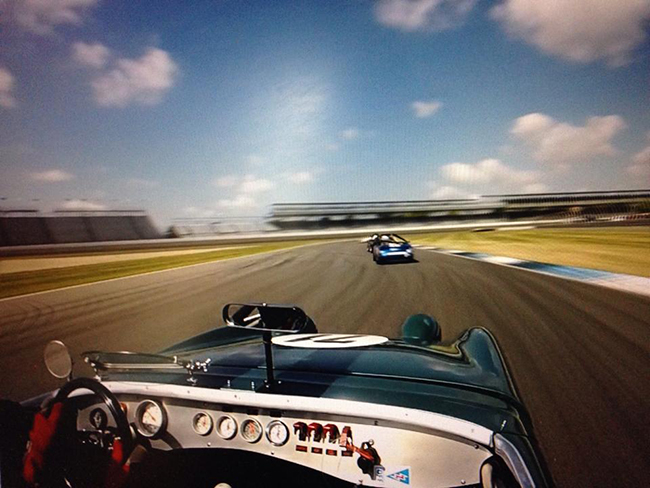
A view from the driver’s seat. Courtesy photo
BY MOLLY BRUSH
Architect Doug Bruce’s passion for racing first took root when he was growing up near the Bloomington Speedway, where he watched sprint cars race around the dirt track. It grew during annual trips to the Indianapolis 500 with his grandfather. When he was in high school, his father bought a vintage Triumph Spit re, sparking in him a lifelong love of classic British sports cars.
It was this combination of racing fandom and an affinity for classic cars that led Bruce, owner of Bloomington-based Tabor/ Bruce Architecture & Design, to vintage racing in 2007. By then the owner of a 1966 Austin-Healey 3000 and a 1968 Austin-Healey Sprite, Bruce attended his first vintage race that summer, watching as Austin-Healeys like his own competed with other vintage sports cars.
A month after the race, Bruce bought a 1959 Austin-Healey Bugeye Sprite that had been converted to a racecar. He joined the Vintage Sports Car Drivers Association (VSCDA), a nonprofit organization that promotes vintage racing in the Midwest, and attended VSCDA’s driving school in Michigan. In spring 2008, he competed in his first vintage race. Since then, Bruce has driven the Bugeye in approximately 50 races. He competes in VSCDA’s group 2, which consists of cars from the 1950s and early 1960s that originally were produced for street driving, including Alfa Romeos, Jaguars, and Morgans.
The racecourses typically are about two miles long, and the cars average speeds of 70 to 90 mph. Competitors are expected to drive “in the vintage spirit,” meaning they try to avoid hitting other cars or engaging in risky maneuvers.
“The excitement level is unbelievable,” Bruce, 53, says. “The risk is not nearly as substantial as the reward.”
Though drivers are competitive on the racecourse, the atmosphere o the course is relaxed and friendly. Bruce brings his family — his wife, Shelly, along with children Evan, 19, Lily, 17, and Grady, 11 — with him to races, and they camp near the track with many of the other drivers. The informal atmosphere extends to the spectators. At vintage races, fans are encouraged to talk with drivers and to touch and even sit in the cars — something that’s uncommon in the rest of the racing world.
“It’s about bringing the cars and the fans together, which is so counter to most (kinds) of racing,” Bruce says.
There are no trophies or monetary prizes in vintage racing, but Bruce says that’s not what’s important to the drivers.
“You do it for the love of racing, and you do it to put on a show for the fans in the stands.”


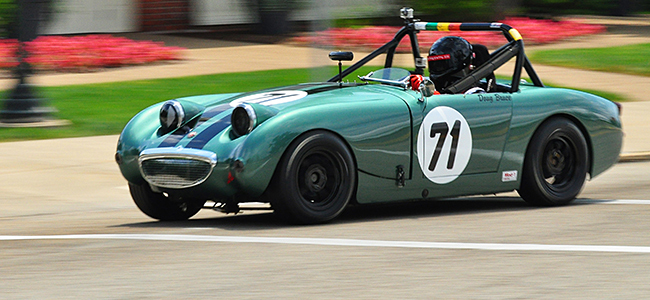
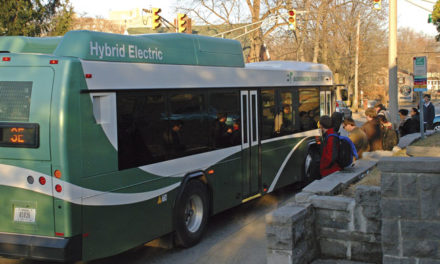
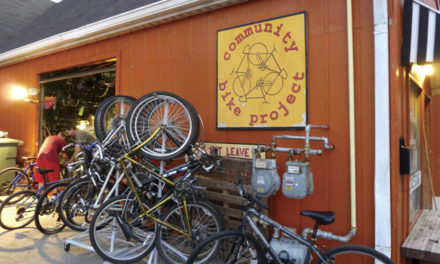
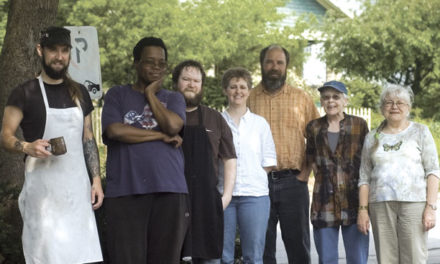
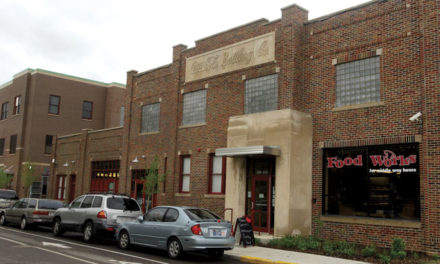





Hi Doug,
I met you at Elkhart Lake this past September. I was a “tag along” hanging out with Clancy Schmidt and Scott. I couldn’t help but notice your green Sprite and took some pictures of it. A friend of mine saw your car and wants to paint one of his E-types that color. He fell in love. Will you tell me the color or paint code of your Sprite, please? It’s beautiful!
Cheers,
Gregg
Hi Doug,
I met you at Elkhart Lake last September at the racetrack, I was hanging with Clancy Schmidt across from you. I showed a picture of your Sprite to a friend of mine with an E-type, and he asked me to try to find the color code of your car for his re-paint. I understand it is an Aston-Martin color, but he needs the factory color code to be sure. Any help would be appreciated.
Thanks,
Gregg